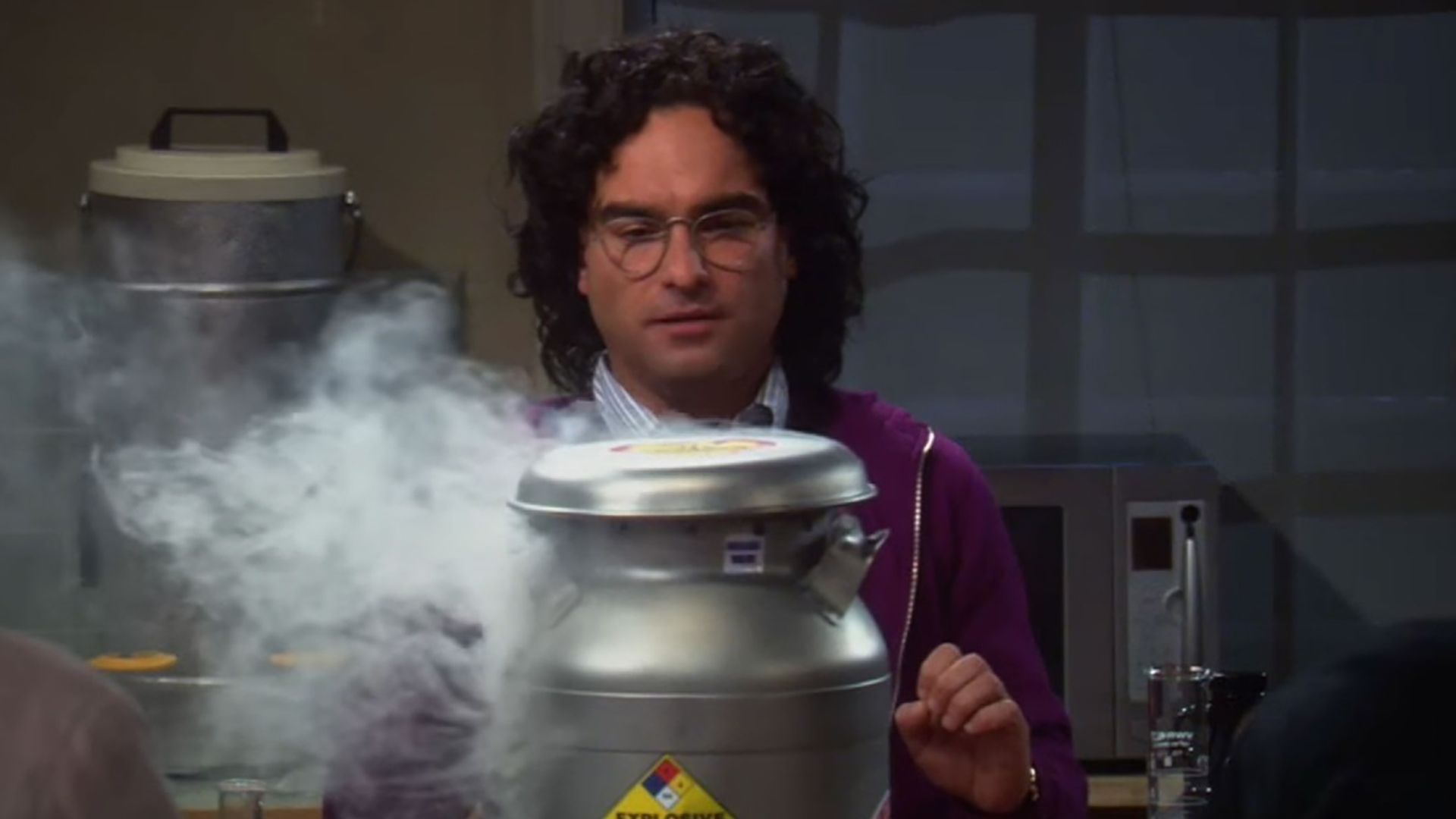
A Broken Machine, A Perfect Metaphor
In The Big Bang Theory, the broken elevator in the apartment building is a constant. It’s not just a one-time gag or set detail—it becomes a signature of the show. The gang trudging up and down those stairs, episode after episode, isn’t just a running joke. It’s a symbol of their journey, their stagnation, and eventually, their growth.
When we finally learn why the elevator broke—during a flashback in Season 3—it becomes a crucial turning point in the show’s emotional arc. The revelation: Leonard caused the explosion trying to test rocket fuel, and Sheldon, realizing the danger, pushed him into the elevator and then jammed the doors closed to save his life.
This simple act recontextualizes everything. It’s no longer just about a malfunctioning machine—it’s about a sacrifice that cemented a lifelong friendship.
A Daily Climb Reflecting Emotional Growth
Every time the characters climb the stairs, they’re metaphorically climbing toward something—self-awareness, connection, maturity. Whether it’s Leonard carrying Penny’s suitcases, Sheldon sharing awkward conversations with Amy, or Howard panting after three flights, the stairs become a stage where quiet emotional shifts happen.
This repetition also grounds the audience. No matter how far the characters advance professionally or romantically, they’re still walking up those same flights of stairs. It mirrors real life: success doesn’t mean everything suddenly becomes easy. Growth is slow, step-by-step.
Stuck in Place, Yet Always Moving

The elevator is one of many things in the show that never changes—just like Sheldon’s seat or the apartment’s layout. But unlike those things, the elevator eventually does change. In the final season, it’s finally repaired.
The timing is perfect. By Season 12, the characters have evolved significantly: Sheldon has married Amy and won a Nobel Prize; Howard and Bernadette are raising children; Leonard and Penny are expecting a baby. The elevator working again marks not just convenience—it signals that the journey has shifted.
They don’t need to trudge the same path anymore. They’ve reached new levels in their lives, and it’s only fitting that the once-broken mechanism finally carries them upward.
A Symbol of Shared Struggle
The stairwell scenes gave us some of the show’s best character interactions. Whether it’s arguments, bonding, awkward silences, or heartfelt confessions, the stairwell is where the characters connect most honestly—outside the comfort of their apartments or the controlled chaos of the comic book store.
It’s also where we see how their friendships are forged—not through dramatic declarations, but through everyday persistence. Taking the stairs becomes an act of shared resilience.
Conclusion: More Than Just Maintenance
In most shows, a broken elevator would be a throwaway gag. In The Big Bang Theory, it becomes a storytelling device layered with meaning. It’s funny, yes—but it’s also symbolic.
The elevator didn’t work for 12 seasons. But the people around it did. They grew, stumbled, supported each other, and—finally—moved forward.
So when it hums back to life, it’s more than just a repair. It’s a quiet celebration of how far these characters—and we, the audience—have come.
